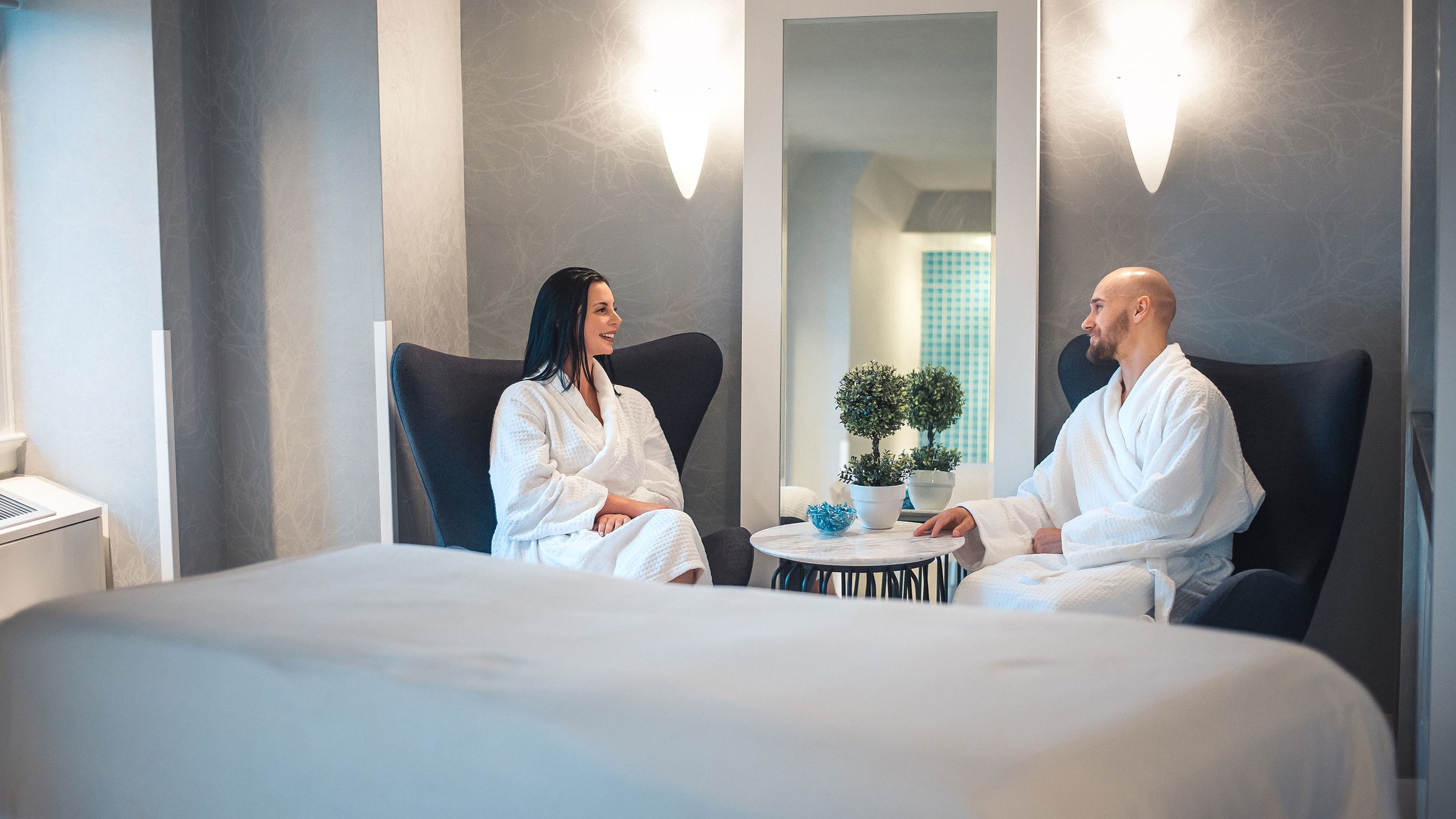
n the realm of natural medicine and holistic healing, reflexology sticks out as a progressively prominent and remarkable technique. This old healing method, based on the concept that details points on the ears, feet, and hands represent various body components and body organs, has been mesmerizing both specialists and people alike for centuries.
Introducing the Essence of Reflexology Reflexology is more than just a foot massage; it’s a methodical method that applies stress to details indicate advertise recovery and balance throughout the body. The underlying concept recommends that these stress points are connected to various body organs and body systems through energy networks. By promoting these points, reflexologists aim to clear obstructions, enhance blood circulation, and recover the body’s natural stability.
” The human foot is a masterpiece of design and a work of art.” – Leonardo da Vinci The Historical Tapestry of Reflexology While the modern-day method of reflexology was developed in the 20th century, its origins can be traced back to old civilizations. Evidence recommends that similar techniques were used in old Egypt, as portrayed in burial place paints going back to 2330 BC. Standard Chinese medicine has actually long identified the interconnectedness of body parts, affecting the growth of reflexology as we understand it today.
In the early 1900s, Dr. William Fitzgerald presented the concept of “area treatment” to the Western world, which later on advanced into modern reflexology with the work of Eunice Ingham in the 1930s. Ingham, commonly described as the “mother of reflexology,” mapped the whole body onto the feet, developing the structure for contemporary reflexology practices.
The Science Behind the Practice While doubters might examine the clinical basis of reflexology, proponents suggest that its advantages are rooted in the body’s neurological and power systems. The application of pressure is believed to promote the anxious system, advertising leisure and reducing anxiety. Some researchers suggest that reflexology may set off the release of endorphins, the body’s natural pain-relieving and mood-enhancing chemicals.
Possible Benefits and Applications Advocates of reflexology declare a vast array of advantages, including:
Tension reduction and relaxation Improved blood circulation Pain administration, specifically for migraines and pain in the back Enhanced sleep high quality Boosted body immune system feature Alleviation of digestion concerns Support for hormone balance While scientific study on reflexology is ongoing, several individuals report considerable renovations in their overall well-being after getting treatments. It’s essential to keep in mind that reflexology is normally taken into consideration a complementary therapy and must not change conventional clinical care.
The Reflexology Experience A regular reflexology session lasts in between 30 to 60 mins. Using their thumbs, fingers, and hands, the reflexologist applies varying levels of stress to particular points on the feet, hands, or ears.
Numerous individuals describe the experience as deeply unwinding, usually reporting a sense of warmth or tingling feelings throughout their body throughout the session. Some may also sleep, stiring up sensation refreshed and renewed.
Integrating Reflexology right into Modern Wellness As the world progressively embraces holistic methods to health and wellness, reflexology has actually discovered its location in medical spas, wellness facilities, and also some medical centers. It’s typically used combined with various other therapies such as acupuncture, massage therapy, and aromatherapy to create comprehensive wellness experiences.
For those thinking about checking out reflexology in your home, there are many self-help methods and devices readily available. From simple foot rollers to thorough reflexology charts, people can find out to apply basic principles of reflexology to enhance their everyday wellness routines.
秋葉原 of Reflexology As research study in the field of alternative and complementary medication remains to advance, reflexology may obtain further recognition in the medical community. Recurring studies are exploring its possible applications in different health and wellness problems, from stress and anxiety and clinical depression to cancer cells treatment support.
“The feet are the mirror of the body.” – Eunice Ingham Whether considered as a clinical strategy to recovery or a holistic art kind, reflexology provides an one-of-a-kind point of view on the body’s interconnectedness. As more people look for natural and non-invasive means to sustain their wellness, this old practice continues to find significance in our modern globe, welcoming us to discover the recovery capacity that exists at our fingertips– or rather, at our feet.
Unveiling the Essence of Reflexology Reflexology is more than simply a foot massage therapy; it’s a methodical practice that applies stress to specific factors to promote recovery and balance throughout the body. – Leonardo da Vinci The Historical Tapestry of Reflexology While the contemporary practice of reflexology was created in the 20th century, its roots can be mapped back to old people. The Science Behind the Practice While doubters may examine the scientific basis of reflexology, proponents suggest that its benefits are rooted in the body’s neurological and power systems. The Reflexology Experience A common reflexology session lasts between 30 to 60 mins. – Eunice Ingham Whether saw as a clinical method to recovery or a holistic art type, reflexology supplies a special perspective on the body’s interconnectedness.
Pregnancy and Reflexology: Is It Safe?
Categories: